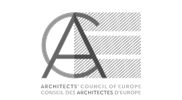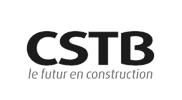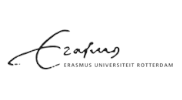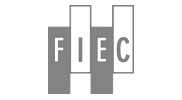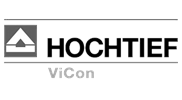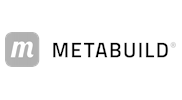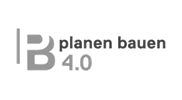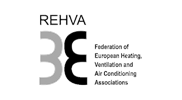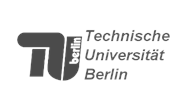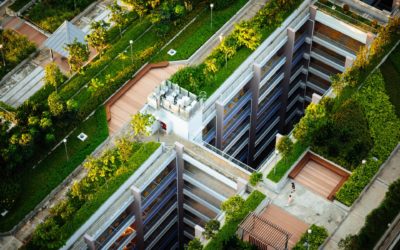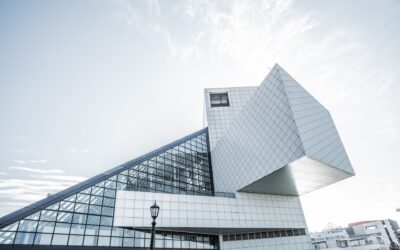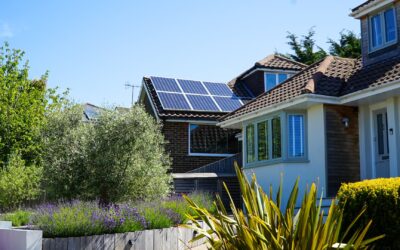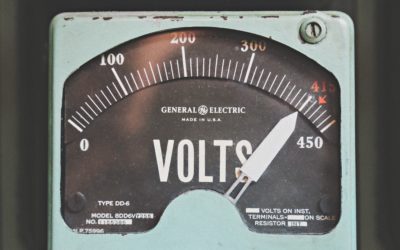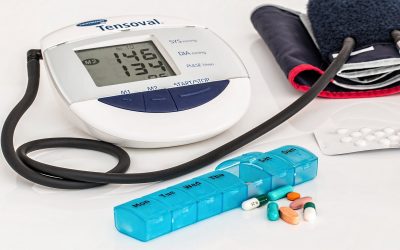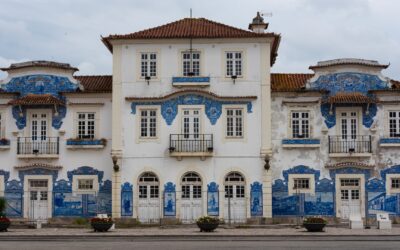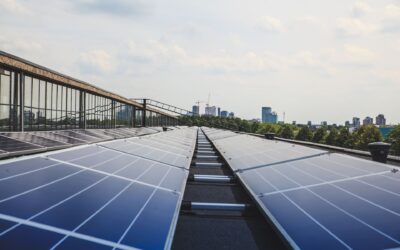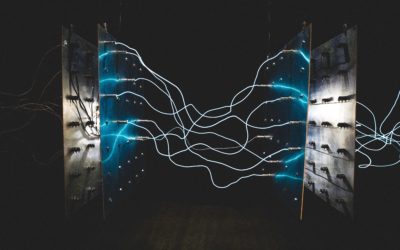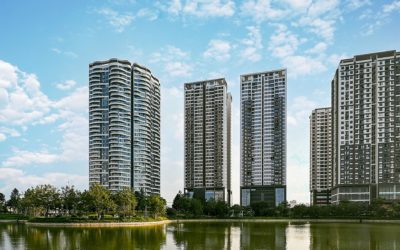CARTIF PROJECTS
BIM-SPEED
Increase the use of BIM methodologies in comprehensive renovations of buildings
Description
BIM-SPEED (Harmonised Building Information Speedway for Energy-Efficient Renovation) has as its main objective to seeks to increase the use of BIM methodologies in the deep renovation of buildings for energy efficiency and aims to enable all stakeholders to adopt BIM to reduce the time of deep renovation projects by at least 30% by providing them with:
- An affordable BIM cloud platform.
- A set of inter-operable BIM tools.
- Standardised procedures for As-Built data acquisition, modelling, simulation, implementation and maintenance of renovation solutions.
Objectives
- Enabling all stakeholders to adopt BIM to reduce the time of deep renovation projects by 30%.
- Providing affordable BIM cloud platform, tools and standardised procedures.
- Creating and implementing renovation solutions with guaranteed energy performance.
- 13 different residential buildings, which occupy all the types of housing that exist in Europe, will be used for the demonstration.
Actions
- To develop and validate interoperable BIM tools to support all actors in the renovation market (designers, HVAC engineers, construction firms), stakeholders (building owners, local authorities), and inhabitants.
- To define and standardise BIM-based procedures for acquiring and interpreting data from the existing buildings, as-built modelling, building energy modelling and performance analysis.
Expected results
- A cloud-based BIM platform that is open, affordable and user-friendly
- A set of inter-operable BIM tools, existing and new ones, all connected through the BIM cloud platform.
- Validate and standardise procedures for BIM-based activities throughout the whole renovation process.
Publications
Scientific dissemination on impact journals
- Álvarez-Díaz, S., Mulero-Palencia, S., Andrés-Chicote, M., Martarelli, M. An innovative approach to automate BIM data retrieval and processing for building acoustic comfort calculations based on the IFC standard. Journal of Building and Environment, Sep 2024. https://doi.org/10.1016/j.buildenv.2024.112072
- Sanz-Jimeno, R., Álvarez-Díaz, S. A tool based on the industry foundation classes standard for dynamic data collection and automatic generation of building automation control networks. Journal of Building Engineering, vol. 78, p. 107625, Nov. 2023. https://doi.org/10.1016/j.jobe.2023.107625
- Mulero-Palencia S, Álvarez-Díaz S, Andrés-Chicote M. Machine Learning for the Improvement of Deep Renovation Building Projects Using As-Built BIM Models. Sustainability. 2021; 13(12):6576. https://doi.org/10.3390/su13126576
Other non-impact publication
- Llamas,J. (2022). BIM-Speed training dataset for HVAC detection using Deep Learning [Data set]. Zenodo. https://doi.org/10.5281/zenodo.12158844
- Álvarez-Díaz, S, Román-Cembranos, J., Łukaszewska, A., Dymarski, P. “3D Modelling of Existing Asset Based on Point Clouds: A Comparison of Scan2BIM Approaches”. In proceedings from: IEEE MetroLivEnv 2022: 2022 IEEE International Workshop on Metrology for Living Environment (MetroLivEnv), Cosenza, Italy, 25-27 May 2022. http://doi.org/10.1109/MetroLivEnv54405.2022.9826964 (Award: “Best Paper Presented by a Woman”)
- Martin Redmond A., Álvarez-Díaz, S., Pastorelly, N.“Investigating the Conditions of Emerging Requirements of Advanced Technologies for BIM-SPEED Platform”. In proceedings from: International Conference of Modern Systems Engineering Solutions MODERN SYSTEMS 2022, Nice, France, 24-28 July 2022. https://www.thinkmind.org/index.php?view=article&articleid=modern_systems_2022_1_10_10004 (Award: “Best Paper”)
Partners
Video presentation of the project:
Please accept cookies to access this content
Networking
Energy efficiency projects:
ENERGYGUARD
The EnergyGuard project will create an innovative test platform for artificial intelligence (AI) in the energy sector, integrating five European test centres with a green HPC infrastructure.
FoSSIS3
FoSSIS3 objective is to develop an operational Platform based on artificial intelligence to support decision-making in the energy planning process, through the characterization and estimation of the solar resources, and the development of analytics that support the strategy to improve the energy behavior of the building sector.
DIGIBUILD
DigiBUILD overview is to provide an open, interoperable, cloud-based toolbox to transform buildings from traditional `silos´ into interoperable, smarter, digital buildings based on consistent and reliable data
PROBONO
PROBONO brings together a European multidisciplinary consortium of 47 partners, to turn the six European districts into Green Building Neighbourhoods, with positive energy balance and zero carbon emissions: two large-scale demonstrators and four living labs representing business/owner promoters of the green buildings and neighbourhoods transition.
frESCO
frESCO aims to engage with ESCOs and aggregators and enable the deployment of innovative business models on the basis of novel integrated energy service bundles that properly combine and remunerate local flexibility for optimizing local energy performance both in the form of energy efficiency and demand side management.
SO WHAT
SO WHAT project aims to develop and validate an integrated software for auditing industrial process, planning and simulation of waste heat and cold (WH/C) valorisation systems towards the identification of economically viable scenarios where WH/C and renewable energy sources (RES) cooperate to match local demand.
QUDRA
Energy improvement plan that allowed the reduction of municipal energy expenditure and the training of municipal technicians in energy matters
SIRCULAR
SIRCULAR seeks to transform the construction sector into a sustainable, low-carbon industry through decarbonisation strategies. Its main objective is to reduce carbon emissions by minimising reliance on virgin materials and exploring low-carbon alternatives, such as recycled materials.
BuildON
BuildOn pretends to develop a generic solution and highly replicable to offer services on buildings, facilitate the integration of their systems and technologies and with it, help to construct a new generation of smart buildings.
DEDALUS
DEDALUS will design, develop and demonstrate micro (home/flat) and macro (building and district) participatory demand response ecosystems in multiple energy vector systems and with a social and human science based approach
BD4NRG
BD4NRG envisions to confront big data management challenges for the energy sector, giving a competitive edge to the European stakeholders to improve decision making and at the same time to open new market opportunities.
Auto-DAN
The Auto-DAN project aims to enable homes and small businesses across the EU to optimize their energy consumption and provide and assessment of the live energy performance of a building. The solution will focus on the assistive role automation will have in buildings.
SUDOKET
The Sudoket project focuses its activity on the mapping, consolidation and dissemination of Key Enabling Technologies (KETs) for the construction sector in the SUDOE space.
GAPSA
The GAPSA project’s main objective is to clearly define the real savings obtained due to the savings measures that will be implemented in the 33 primary care health centers
SMARTeeSTORY
SMARTeeSTORY will create an integrated intelligent building automation and control system to monitor and optimise the energy performance of historic non-residential buildings, according to an innovative multi-domain approach (integrating the 9 domains proposed by the ISR methodology).
ENFLATE
ENFLATE applies technologies on data-driven energy and non-energy services, which it will replicate in different geographies and climates, considering different consumer needs.
MATRYCS
The main objective of MATRYCS is to define and deploy a Reference Architecture for Buildings Data exchange, management and real-time processing, and to translate this reference architecture into an Open, Cloud-based Data Analytics Toolbox. It will enable AI-based cross-sector analytics for smart energy-efficient buildings, based on seamless data-information-knowledge exchange under respective sovereignty and regulatory principles.
EnergyChain
EnergyChain goal is to use Blockchain to develop a system that will support the energy exchange between prosumers without the need of a central entity in charge of the managing.
MiniStor
MiniStor aims at designing and producing a nvel compact integrated storage system for achieving a sustainable heating, cooling and electricity storage adaptable to residential buildings.
SISGENER
SISGENER’s objective is the development of a low-cost comprehensive energy management system for the management of generation and consumption that takes place in buildings with centralized services.
REEMAIN
The REEMAIN project combines cutting-edge knowledge and experience to develop and demonstrate a methodology and platform that drives the efficiency of energy and material resources.
